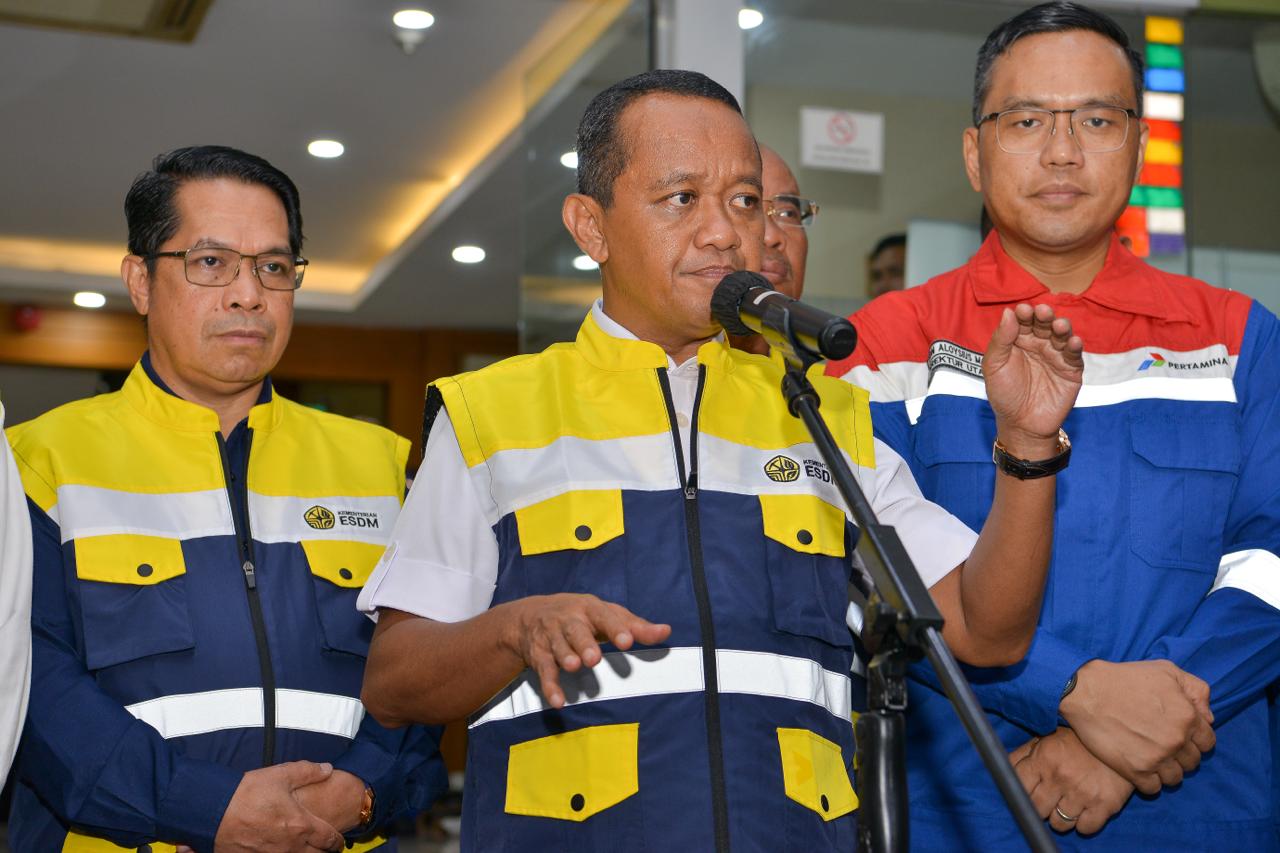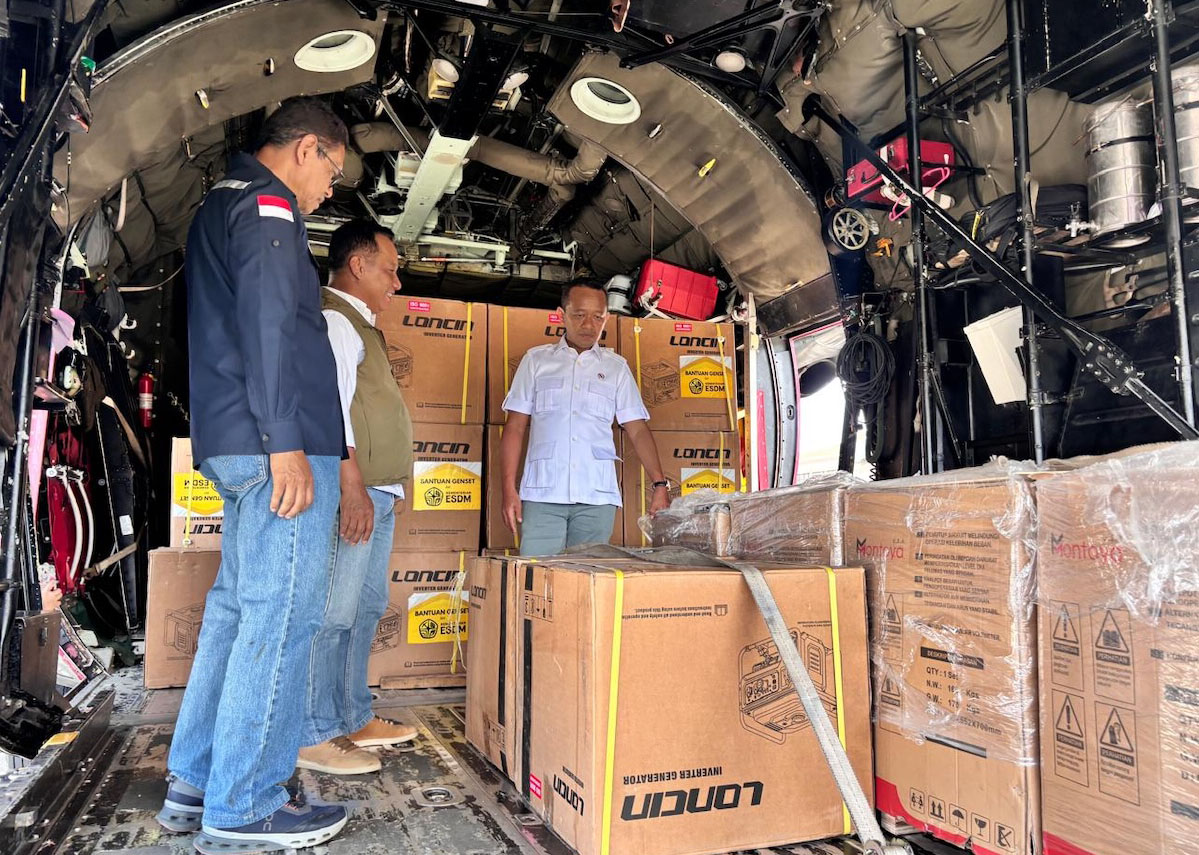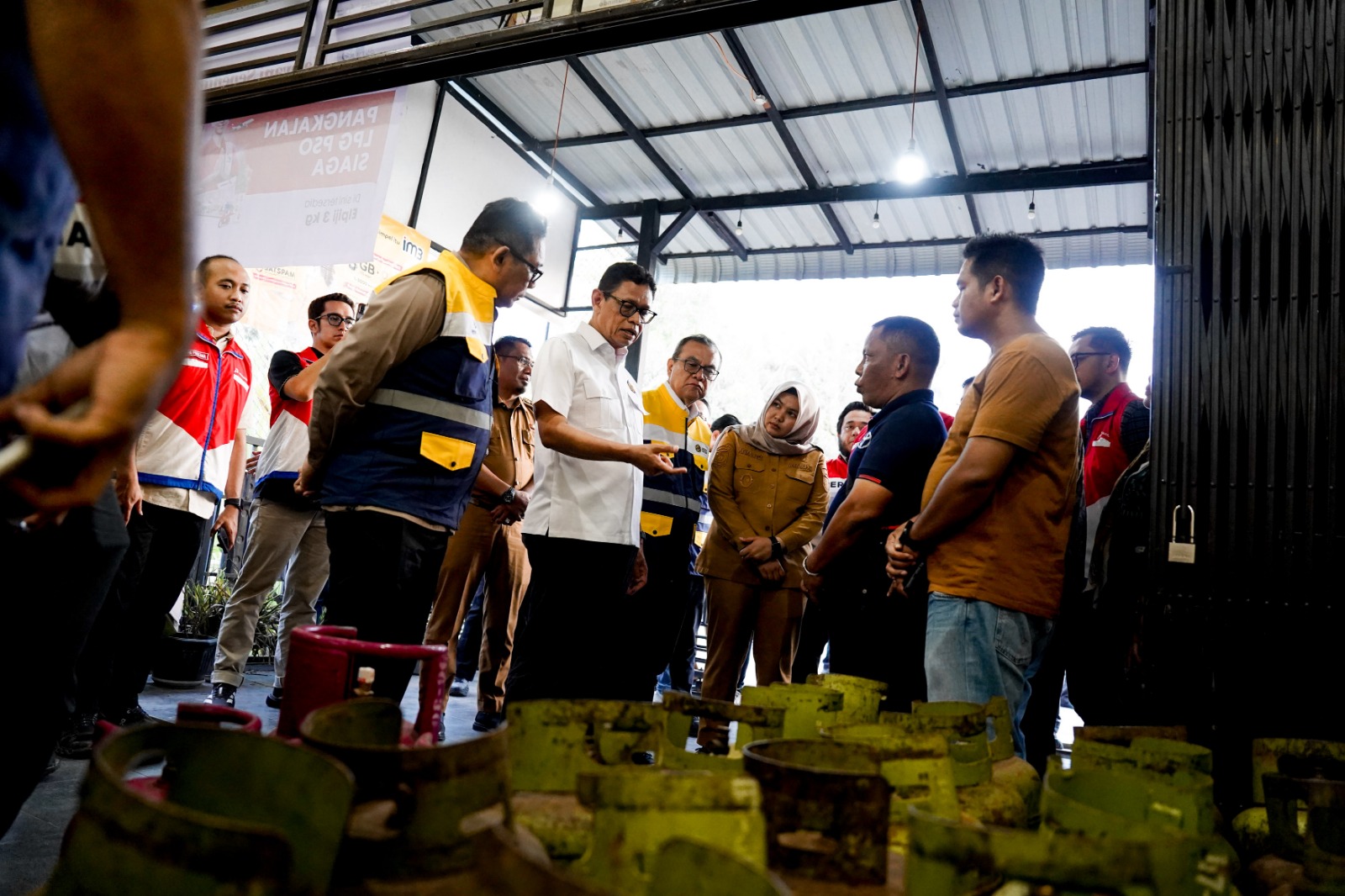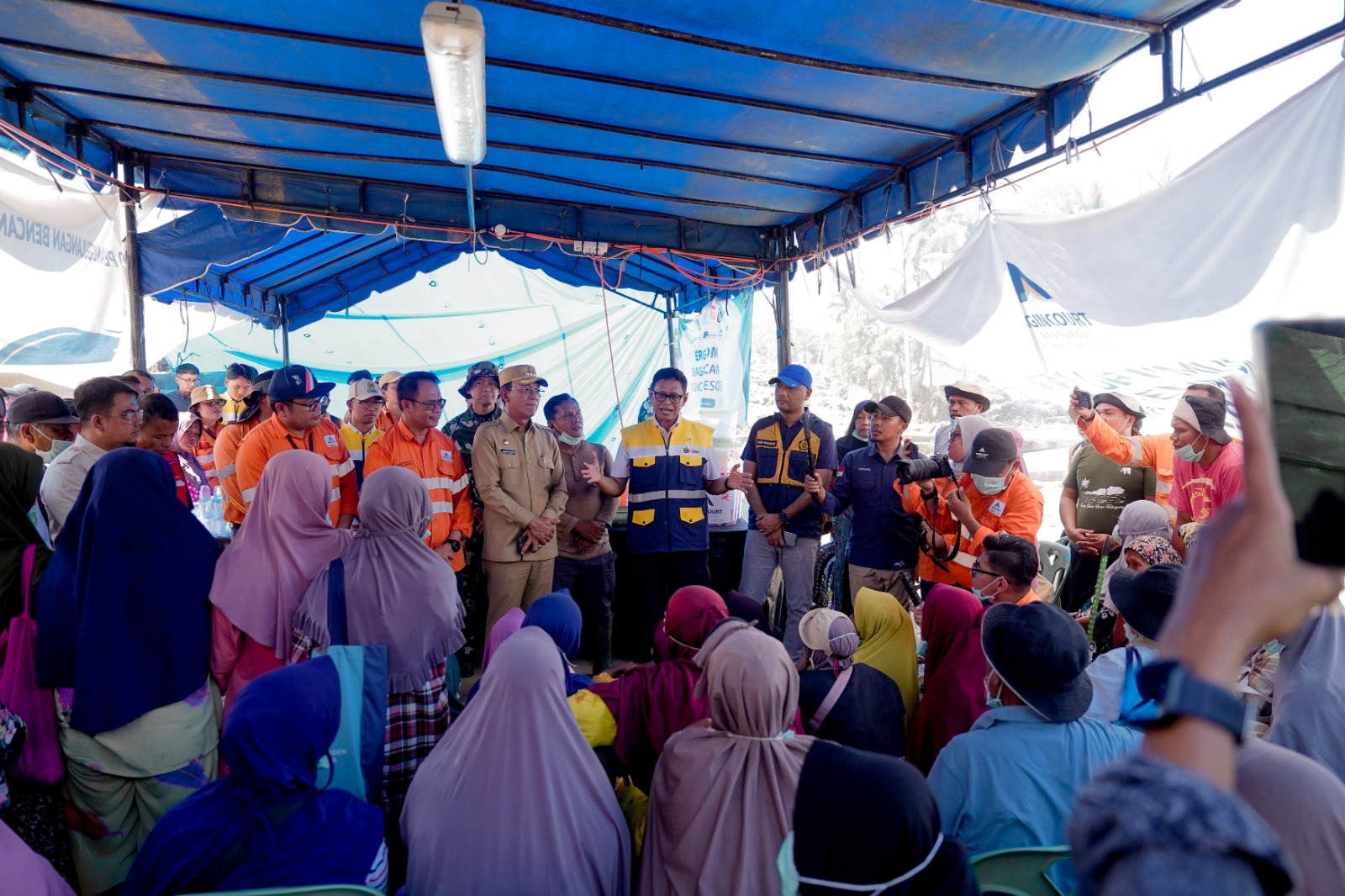
National Border Posts in Papua Use Solar Electricity
MINISTRY OF ENERGY AND MINERAL RESOURCES
REPUBLIC OF INDONESIA
PRESS RELEASE
NUMBER: 358.Pers/04/SJI/2020
Date: 21 November 2020
National Border Posts in Papua Use Solar Electricity
Utilizing the solar potential abundant in Indonesia, the Indonesian government has decided to build centralized solar power plants as the energy source for frontier and outermost regions in the country not connected to the electricity grid. Among others, these centralized solar power plants have been built for the National Border Posts of the TNI (Indonesian National Armed Forces). Ministry of Energy and Mineral Resources (EMR) built the power plants with funds from the 2019 State Budget, and in early 2020, these power plants have been in operation.
As many as 22 solar power plants at national border posts are operational, scattered in West Kalimantan Province (5 centralized solar power plants), North Kalimantan Province (5 centralized solar power plants), Papua Province (9), and West Papua Province (3). A total of Rp30,569,559,240 of State Budget had been spent on the construction of these power plants.
A technical team consisting of personnel from Directorate of Infrastructure Planning and Development of New, Renewable Energy and Energy Conservation (NREEC) of Ministry of EMR and those from TNI Headquarters and Ministry of Defense was assigned to check the completion and maintenance of the solar power plants at TNI's Indonesia-Papua New Guinea border posts in Papua province from Tuesday (17/11) to Saturday (21/11). The technical team has the duty to ensure that the power plants operate well and that operators have sufficient knowledge to handle any technical problems that may occur.
The team was later divided into 2 smaller teams, namely ground and air teams. The ground team checked 4 locations, namely Kalibom, Kalilapar, Yabanda, and KM 140 posts. Meanwhile, the air team inspected 5 border posts, namely Oksibil, Kiwirok, Okbibab, Somografi, and Tatakra. Each of the eight power plants has a capacity of 5 kilowatt peak (kWp), while one power plant at KM 140 has a capacity of 10 kWp.
With the solar power plants operational, these border posts are expected to be self-reliant. Previously, the posts had to depend on gasoline or diesel oil supplies. Thus, the solar power plants are useful for not only military personnel but also locals not yet enjoying electricity.
In 2021, Ministry of EMR through its Directorate General of NREEC has set a budget for the construction of 17 centralized solar power plants at TNI's border posts, each with a capacity of 10 kWp. A higher capacity means the locals can put the power plants into more optimum use, such as for community lighting and higher productivity.
The power plant construction realizes the Cooperation Agreement made between Ministry of EMR (Director General of NREEC) and the TNI (Territorial Assistant to the TNI Commander) on November 26, 2018 on the Construction of Solar Power Plants at TNI's Headquarters and Task Force Posts.
This Cooperation Agreement is an implementation of the Memorandum of Understanding (MoU) signed by Minister of EMR and the TNI Commander on July 14, 2017. Based on the MoU, the Ministry of EMR and the TNI have agreed to jointly make preventive efforts to ensure that any activities, facilities, and infrastructure in the EMR sector located in border, remote, and outermost regions are safe. Additionally, the two institutions are cooperating in the utilization of strategic mineral resources to support the TNI's defense equipment; new, renewable energy activities and utilization, and human resource development. (IY)
Head of Bureau of Communication, Public Information Services, and Cooperation
Agung Pribadi (08112213555)
Share This!






